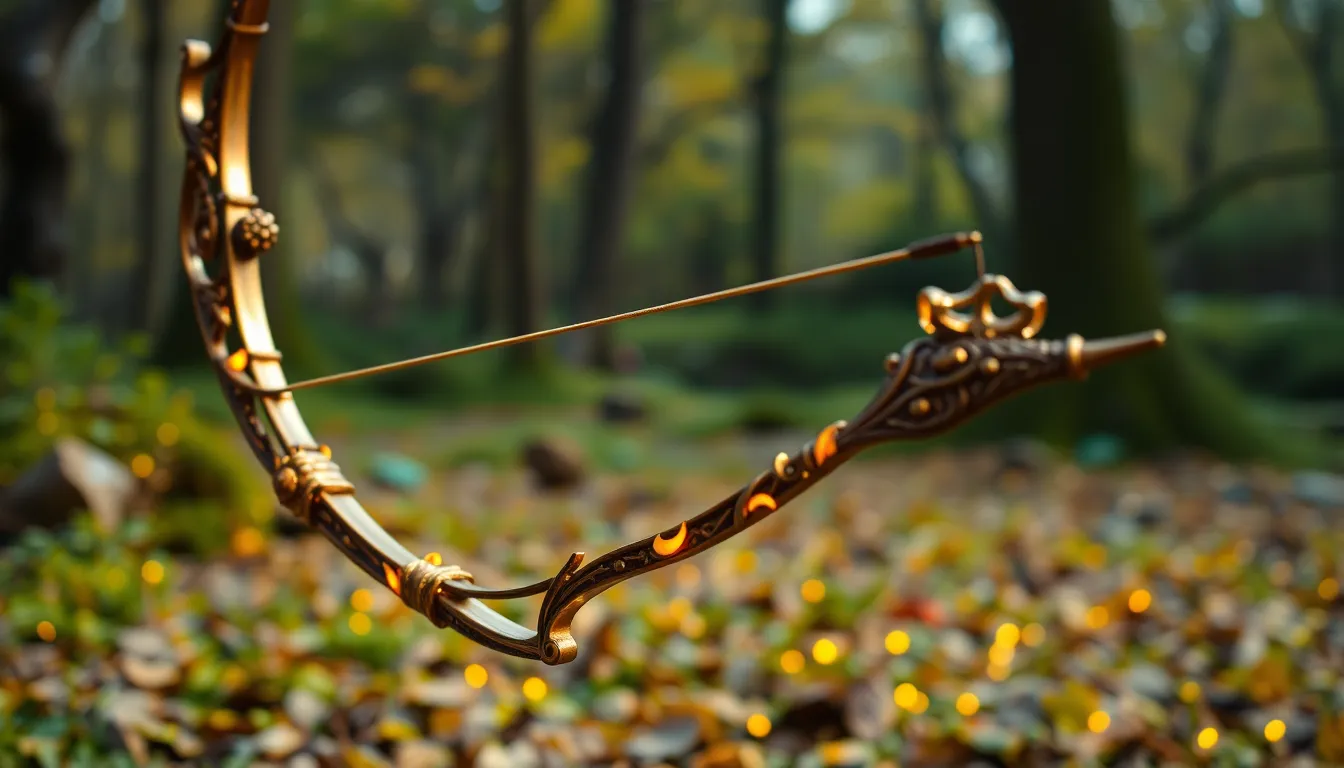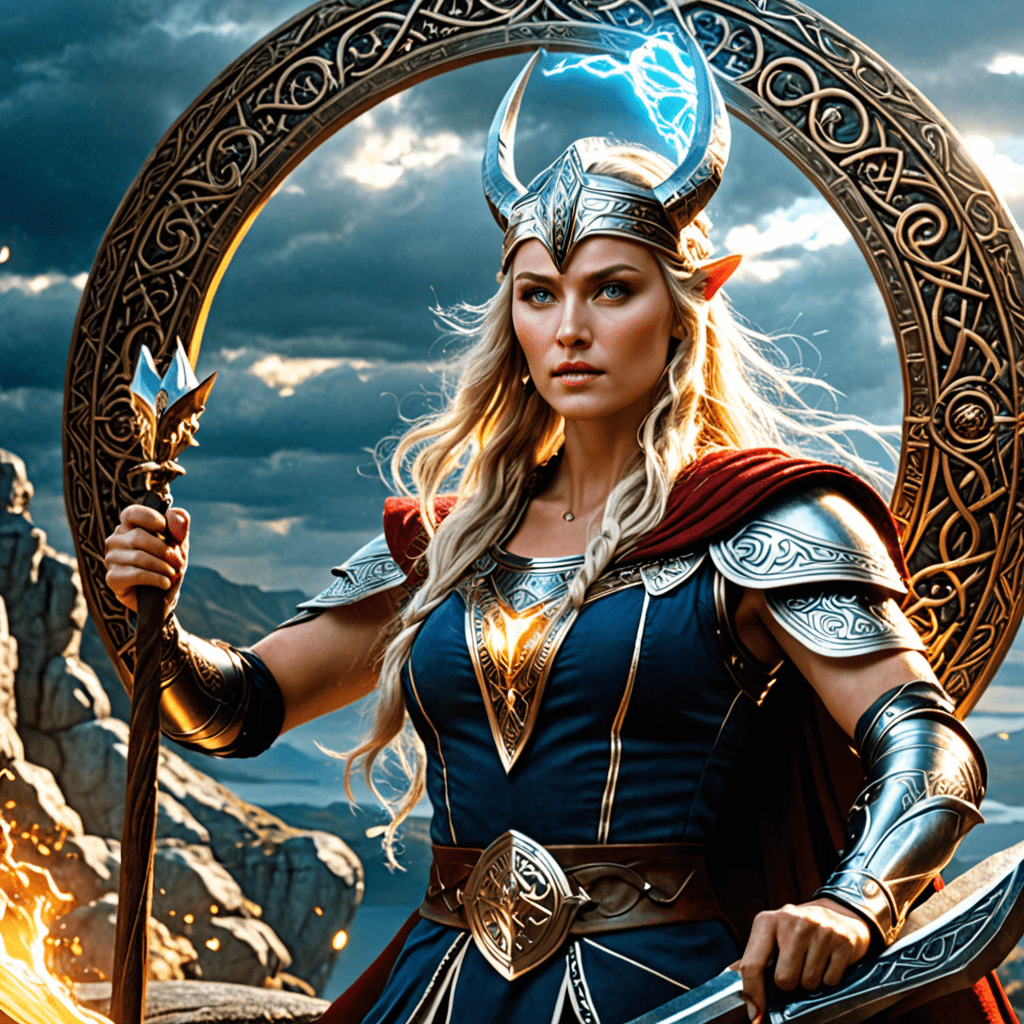Maori Mythology: A Tapestry of Creation and Destruction
Maori mythology, the body of traditional stories and beliefs of the Māori people of New Zealand, is a rich and vibrant tapestry that reflects their deep connection to the natural world. These stories, passed down through generations, offer essential insights into the Maori worldview, encompassing creation, destruction, life, death, and the interconnectedness of all things. The core of Maori mythology lies in the profound understanding of the concept of balance and duality, where creation and destruction are seen as intertwined forces shaping the world.
The Concept of “Te Kore” – The Void of Non-existence
Before the existence of anything, there was "Te Kore," a state of absolute nothingness, a void devoid of form, light, or even time. This primordial state is a crucial starting point in Maori cosmology, a concept that is difficult to grasp in our modern world obsessed with tangible things. Te Kore represents a timeless, formless existence, a state of potentiality where everything is yet to be. Interestingly, Maori mythology does not view Te Kore as empty or lacking, but rather as a source of potential, a womb waiting to be filled with life.
Rangi and Papa: The Sky Father and Earth Mother
From the void of Te Kore emerged Rangi, the Sky Father, and Papa, the Earth Mother, intertwined in an embrace that filled the universe. Rangi's vastness spanned the sky, while Papa's fertile surface cradled the land. Their union represented the primal force of creation, giving rise to the first gods and all that exists. They were inseparable, their bodies pressed together, leaving no space for light or life to exist.
The Birth of the First Gods – Tane, Tangaroa, Tu, and Rongo
The union of Rangi and Papa birthed the first gods, forming the foundation of Maori creation myths. Tane, the God of Forests, emerged first, followed by Tangaroa, the God of the Seas; Tu, the God of War and Humanity; and Rongo, the God of Peace and Agriculture. These first-born gods, representing different aspects of the natural world, were born from the love and unity of their parents. As they grew, their need for space and freedom increased, prompting them to seek a way to separate their parents.
The Separation of Rangi and Papa – A Story of Sacrifice and Creation
The separation of Rangi and Papa is a pivotal moment in Maori mythology, a complex tale of sacrifice and creation. The brothers, feeling stifled and unable to grow, plotted to separate their parents. Tane, the most compassionate, chose to bear the burden of this task. Using his immense strength, Tane pushed his parents apart, creating the space between the sky and earth. This act of separation, while necessary for the growth of the universe, also brought pain and sacrifice. Rangi cried tears of sorrow, becoming the rain that nourishes the earth, while Papa, longing for her husband's embrace, sent forth her offspring to fill the world with life.
The Great Flood: A Tale of Destruction and Renewal
The story of the great flood in Maori mythology, known as "Te Tai-o-Rehua," is a powerful tale that reflects the cyclical nature of life and the constant interplay of creation and destruction. It tells the story of a time when the world was flooded, causing immense destruction and forcing people to seek refuge on high ground.
This flood, brought about by the wrath of the gods, was said to be a punishment for the sins of humankind. It served as a reminder of the power of the gods and the importance of living in harmony with nature. The flood also had a symbolic meaning, representing a cleansing process, washing away the old and making way for a new beginning.
Just as the flood brought destruction, it also led to renewal and rebirth. After the waters receded, life began to flourish again, symbolizing the resilience of nature and the enduring spirit of the Maori people. The story of the flood continues to be passed down through generations, serving as a valuable lesson about the interconnectedness of all things and the importance of respect for the natural world.
The Role of Tāne Mahuta – The God of Forests and Creation
Tāne Mahuta, known as the God of Forests, occupies a significant position in Maori mythology. He is considered the protector and nurturer of all plant life, and his influence extends far beyond the realm of flora.
Tāne Mahuta is believed to have been the first to bring light and life to the world after the separation of Rangi and Papa. He is credited with creating the first trees, birds, and insects, and his role in shaping the natural world is deeply revered.
Tāne Mahuta is not only a god of creation but also a symbol of the enduring power of nature. His presence is felt in the rustling leaves, the fragrant blossoms, and the towering trees that adorn the New Zealand landscape. The reverence for Tāne Mahuta extends beyond the realm of mythology and is deeply embedded in the cultural practices of the Maori people.
The Power of Gods and Supernatural Beings – Attua and Atua
In Maori mythology, the supernatural realm is populated by a diverse cast of gods, goddesses, spirits, and supernatural beings. These beings, referred to as "attua" and "atua," hold immense power and influence everything from the weather to the destiny of humankind.
"Attua" refers to the supreme gods, the creators of the universe, while "atua" encompasses a wider range of supernatural beings, including ancestral spirits, guardian spirits, and spirits of the natural world. These beings are deeply intertwined with human life, shaping their beliefs, customs, and traditions.
The Impact of Maori Mythology on Maori Culture and Identity
Maori mythology is not just a collection of stories; it is a vital part of the culture and identity of the Maori people. These myths shape their worldview, their understanding of the world around them, and their relationship with the natural world.
Maori mythology provides a framework for understanding the origins of the universe, the significance of life and death, and the interconnectedness of all things. It offers guidance on how to live in harmony with nature, respect the power of the gods, and honor ancestors. These stories are passed down through generations, serving as a source of wisdom, inspiration, and cultural pride.
Interpretations and Theories of Maori Mythology: A Look at Modern Perspectives
Over time, Maori mythology has been interpreted and reinterpreted, offering different perspectives on these ancient stories. Some scholars view these myths as purely traditional stories, reflecting the beliefs and values of a specific culture. Others see them as containing deeper philosophical and spiritual meanings, offering insights into the human condition and the mysteries of the universe.
Modern Maori scholars and writers are actively exploring and reinterpreting these myths, bringing new perspectives and interpretations that resonate with contemporary audiences. They engage with the complex historical and social context in which these myths were created, while also acknowledging their enduring relevance and their ability to inspire and connect people across generations.
The Enduring Relevance of Creation and Destruction in Maori Mythology
The constant interplay of creation and destruction is a central theme in Maori mythology, reflecting the dynamic and cyclical nature of life. Just as the separation of Rangi and Papa brought both pain and creation, the great flood brought destruction but also the potential for renewal.
These stories serve as a powerful reminder that life is a journey that includes both joy and sorrow, growth and decay, creation and destruction. Maori mythology teaches us to embrace the cycle of life, to appreciate the delicate balance between opposing forces, and to recognize the interconnectedness of all things.
FAQ
What is the main theme of Maori mythology?
The main theme of Maori mythology is the interconnectedness of all things, the cyclical nature of life, and the importance of respecting the natural world.
What is the role of the gods and goddesses in Maori mythology?
The gods and goddesses in Maori mythology represent different aspects of the natural world and guide the actions of humans.
How does Maori mythology affect the Maori people's culture and identity?
Maori mythology shapes their worldview, understanding of the world around them, and their relationship with the natural world.
What is the significance of the separation of Rangi and Papa?
The separation of Rangi and Papa is a pivotal moment in Maori mythology, marking the beginning of the world as we know it.
What is the enduring relevance of creation and destruction in Maori mythology?
The constant interplay of creation and destruction symbolizes the dynamic and cyclical nature of life, reminding us to embrace the journey of life.




